Home>Gardening & Outdoor>Landscaping Ideas>Why Do They Wet The Grass Before A Soccer Game
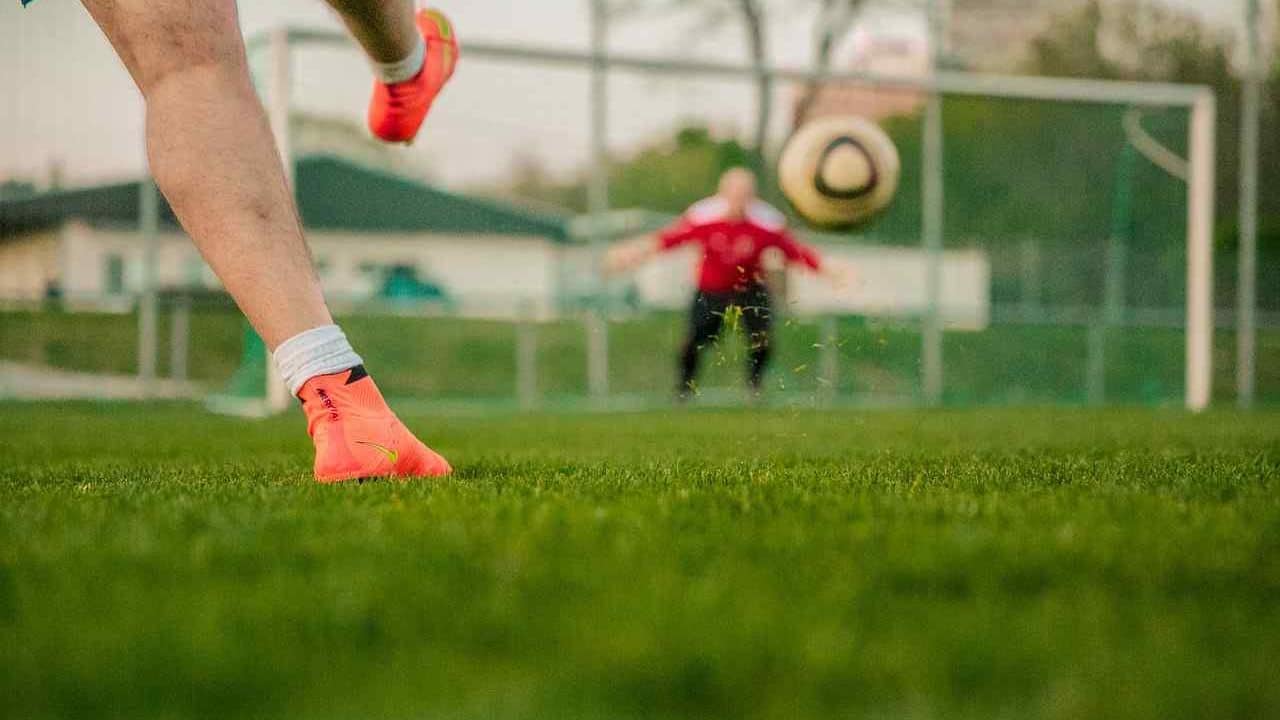

Landscaping Ideas
Why Do They Wet The Grass Before A Soccer Game
Published: January 29, 2024
Discover the reasons behind wetting the grass before a soccer game and explore landscaping ideas to maintain the perfect playing surface. Learn how this practice impacts the game and the field.
(Many of the links in this article redirect to a specific reviewed product. Your purchase of these products through affiliate links helps to generate commission for Storables.com, at no extra cost. Learn more)
Introduction
When you attend a soccer game, you may notice an interesting ritual taking place before the players take the field: the groundskeepers wet the grass. This practice may seem curious to the casual observer, but it plays a crucial role in the game. The decision to wet the grass is not arbitrary; it has a significant impact on the dynamics of the game, affecting ball movement, player safety, and game strategy. In this article, we will delve into the reasons behind wetting the grass before a soccer game and explore its implications on the sport.
As we unravel the mystery behind this common pre-game ritual, we will gain a deeper understanding of the intricate details that contribute to the overall experience of the game. So, let’s embark on this journey to uncover the importance of wetting the grass and its multifaceted impact on the beautiful game of soccer.
Key Takeaways:
- Wetting the grass before a soccer game affects ball movement, player safety, and game strategy. It adds unpredictability, reduces injuries, and prompts teams to adapt their tactics to the playing conditions.
- Factors like weather, grass type, and team preferences influence the decision to wet the grass. It’s a thoughtful process to optimize playing conditions and ensure a fair and exciting game.
Read more: Why Is The Grass Always Wet In The Morning
The Importance of Wetting the Grass
Wetting the grass before a soccer game is a practice deeply rooted in the sport’s traditions and practical considerations. The decision to dampen the playing surface is driven by a combination of factors that aim to optimize playing conditions and ensure a fair and exciting game for both teams. Understanding the importance of this practice requires an exploration of its various impacts on the game.
One of the primary reasons for wetting the grass is to regulate the speed and control of the ball during play. A slightly dampened surface can influence the behavior of the ball, affecting its speed and trajectory. This, in turn, adds an element of unpredictability to the game, making it more challenging and engaging for the players and spectators alike. Additionally, the moisture on the grass can facilitate smoother ball movement, allowing for more precise passes and dribbling, thus enhancing the overall quality of play.
Furthermore, wetting the grass contributes to player safety by providing a more forgiving surface. A damp field can reduce the impact of falls and tackles, potentially lowering the risk of injuries. This is particularly important in a high-impact sport like soccer, where players frequently change direction, sprint, and engage in physical challenges. By dampening the grass, the risk of players slipping on dry or uneven surfaces is mitigated, promoting a safer environment for the athletes to showcase their skills.
Besides its impact on ball movement and player safety, wetting the grass also influences game strategy. Teams often develop specific playing styles and tactics based on the condition of the playing surface. A wet field may favor certain strategies, such as quick passing and possession-based play, while affecting the effectiveness of long balls and high-velocity shots. As a result, the decision to wet the grass can have strategic implications, prompting teams to adapt their game plans to the prevailing conditions.
Considering these multifaceted impacts, it becomes evident that wetting the grass is not merely a routine maintenance task but a deliberate effort to shape the dynamics of the game. The next time you witness the groundskeepers preparing the field with hoses and sprinklers, remember that this seemingly simple act holds significant implications for the ensuing match, influencing the flow of play, the safety of the players, and the strategic nuances of the game.
Impact on Ball Movement
Wetting the grass before a soccer game has a profound impact on the movement and behavior of the ball during play. The moisture present on the playing surface alters the ball’s dynamics, introducing a level of unpredictability and requiring players to adapt their techniques accordingly.
When the grass is damp, the ball tends to travel at a slightly slower pace compared to a dry surface. This change in speed can affect the timing and execution of passes, shots, and crosses. Players must adjust their power and precision to account for the altered ball movement, adding an element of challenge and skill to their gameplay.
Moreover, the dampness of the grass influences the ball’s bounce and spin. A wet surface can dampen the ball’s bounce, making it stay lower to the ground and potentially altering the trajectory of passes and shots. Additionally, the spin applied to the ball can be affected, leading to variations in its flight path and behavior upon contact with the ground. These unpredictable movements demand heightened awareness and adaptability from the players, contributing to the dynamic nature of the game.
Furthermore, the damp grass provides a smoother surface for the ball to roll on, enabling more controlled and precise ball movement. This can benefit teams that emphasize possession-based play and intricate passing sequences, as the moist surface facilitates the execution of intricate maneuvers and quick transitions. Conversely, the altered ball behavior may pose challenges for players accustomed to a dry surface, requiring them to recalibrate their techniques and strategies to accommodate the modified playing conditions.
Ultimately, the impact of wetting the grass on ball movement adds an intriguing dimension to the game, demanding flexibility and adaptability from the players. The altered dynamics of the ball’s movement create an environment where skill and strategy are tested in new ways, enriching the overall experience for both participants and spectators. As such, the decision to wet the grass before a soccer game serves as a deliberate mechanism to introduce variability and excitement, shaping the intricacies of play and challenging the athletes to showcase their abilities under diverse conditions.
Impact on Player Safety
Wetting the grass before a soccer game significantly impacts the safety of the players, playing a crucial role in mitigating potential risks associated with the sport’s dynamic and physical nature. The moisture present on the playing surface serves as a protective element, reducing the likelihood of injuries and enhancing the overall well-being of the athletes.
One of the key safety benefits of wetting the grass is the reduction of friction between the players’ footwear and the surface. In dry conditions, the grass can become abrasive, increasing the resistance and potentially leading to abrupt stops or slips. By dampening the playing field, the risk of sudden, jolting movements caused by excessive friction is minimized, providing a more forgiving environment for the athletes to maneuver and compete.
Additionally, a wet surface offers improved traction, enabling players to make controlled movements with reduced slippage. This is particularly valuable during quick changes in direction, accelerations, and decelerations, as the enhanced grip on the moist grass helps prevent sudden slips and falls. As a result, the likelihood of players sustaining injuries due to loss of footing is diminished, promoting a safer and more stable playing experience.
Furthermore, wetting the grass can soften the impact of falls and tackles, cushioning the force exerted on players’ bodies during physical interactions. This is especially relevant in soccer, where collisions and challenges are inherent to the game. The moisture on the playing surface serves as a protective buffer, potentially reducing the severity of contact-related injuries and minimizing the strain on players’ joints and muscles.
By prioritizing player safety through the practice of wetting the grass, the sport acknowledges the significance of creating an environment that minimizes avoidable risks and prioritizes the well-being of its participants. This proactive approach to safety not only safeguards the athletes but also fosters a sense of confidence and security, allowing them to fully express their skills and athleticism without undue apprehension about potential hazards.
In essence, the impact of wetting the grass on player safety extends beyond mere surface preparation; it embodies a commitment to cultivating a playing environment that values the physical welfare of the athletes. By reducing friction, enhancing traction, and cushioning impacts, the practice contributes to a safer and more conducive setting for the beautiful game of soccer to unfold, ensuring that the focus remains on the artistry and sportsmanship inherent in the sport.
Wetting the grass before a soccer game helps the ball move faster and reduces friction. It also makes the surface smoother, allowing for better ball control and passing.
Impact on Game Strategy
The decision to wet the grass before a soccer game extends beyond mere surface preparation; it holds strategic implications that influence the tactics and gameplay approaches adopted by teams. The altered playing conditions resulting from a dampened surface prompt teams to adapt their strategies, fostering a dynamic and evolving landscape for the game.
One of the significant impacts of wetting the grass is the influence on ball control and passing dynamics. A moist playing surface facilitates smoother ball movement, enabling teams to execute intricate passing sequences and maintain possession with greater ease. As a result, teams that prioritize a possession-based style of play may find the wet conditions conducive to their strategic approach, allowing them to dictate the tempo of the game and assert control over the flow of play.
Conversely, the altered ball behavior on damp grass may pose challenges for teams that rely on long balls and aerial play. The reduced speed and altered bounce of the ball can necessitate adjustments in passing and shooting techniques, requiring teams to recalibrate their strategies to accommodate the modified playing conditions. This prompts a strategic shift, compelling teams to explore alternative approaches and tactical nuances to optimize their performance on the dampened surface.
Furthermore, the impact of wetting the grass on game strategy extends to defensive tactics and pressing schemes. The enhanced grip and reduced slippage on the moist surface can influence the effectiveness of pressing strategies, as defenders may find it easier to maintain their positions and execute timely challenges. Conversely, attackers may need to adapt their movements and runs to account for the altered traction, adding a layer of complexity to the strategic interplay between offensive and defensive maneuvers.
Moreover, the decision to wet the grass can influence the overall pace and rhythm of the game. The slightly slower ball movement and reduced bounce on damp grass may lead to a more methodical and deliberate style of play, encouraging teams to approach the game with patience and precision. This strategic shift in tempo can shape the ebb and flow of the match, requiring teams to strategize and adapt to the evolving dynamics introduced by the moist playing surface.
In essence, wetting the grass before a soccer game introduces a strategic dimension that prompts teams to recalibrate their playing styles and tactical approaches. By influencing ball control, passing dynamics, defensive strategies, and the overall pace of the game, the practice fosters an environment where adaptability and strategic acumen are essential for success. As such, the decision to wet the grass serves as a catalyst for strategic innovation and tactical flexibility, enriching the game with diverse and dynamic approaches to gameplay.
Read more: Why Do Children Wet The Bed
Factors Affecting the Decision to Wet the Grass
The decision to wet the grass before a soccer game is influenced by a myriad of factors that collectively contribute to the optimization of playing conditions and the overall quality of the match. Groundskeepers and team officials carefully consider various elements when determining whether to dampen the playing surface, taking into account both practical considerations and the strategic implications for the game.
One of the primary factors influencing the decision to wet the grass is the prevailing weather conditions. In hot and arid climates, the grass may become dry and brittle, posing challenges for ball movement and player safety. Wetting the grass in such conditions can rejuvenate the playing surface, making it more conducive to the fluid and dynamic nature of the sport. Conversely, in regions experiencing excessive rainfall or high humidity, the decision to wet the grass may be approached with caution, as excessively wet conditions can impede ball control and increase the risk of slips and falls.
Furthermore, the type of grass and its maintenance requirements play a pivotal role in determining whether to dampen the playing surface. Certain grass varieties may benefit from light moisture to maintain their resilience and structural integrity, ensuring a consistent and reliable playing surface. Additionally, the frequency and intensity of usage on the field can influence the decision, as wetting the grass can help mitigate the wear and tear caused by extensive gameplay and physical exertion.
Another crucial consideration is the playing style and preferences of the teams involved. Some teams may thrive in wet conditions, capitalizing on the altered ball movement and strategic opportunities afforded by a damp playing surface. Conversely, other teams may need to adjust their game plans and tactics to accommodate the moist conditions, prompting a reevaluation of their approach to the match. The impact of wetting the grass on game strategy is thus intricately linked to the preferences and adaptability of the participating teams.
Moreover, the timing of the game and the anticipated duration of the match play a role in the decision-making process. Matches scheduled during the hottest parts of the day may benefit from wetting the grass to mitigate the effects of heat and maintain a more hospitable playing environment. Similarly, considerations about the field’s drainage capabilities and the potential for water retention influence the extent to which the grass is dampened, ensuring that the playing surface remains playable and free from excessive water accumulation.
Ultimately, the decision to wet the grass is a nuanced and multifaceted process that takes into account the interplay of weather conditions, grass characteristics, team preferences, and logistical considerations. By carefully weighing these factors, groundskeepers and officials strive to create an optimal playing environment that enhances the quality of the game while prioritizing the safety and performance of the athletes.
Conclusion
As we conclude our exploration of the practice of wetting the grass before a soccer game, we gain a deeper appreciation for the intricate considerations and far-reaching impacts of this seemingly routine act. The decision to dampen the playing surface is not merely a matter of surface maintenance; it embodies a deliberate effort to shape the dynamics of the game, prioritize player safety, and introduce strategic variability that enriches the sport.
Wetting the grass holds significance beyond its immediate visual and tactile effects. It influences the movement and behavior of the ball, injecting an element of unpredictability and demanding adaptability from the players. The altered ball dynamics foster an environment where skill and strategy are tested in new ways, contributing to the captivating and dynamic nature of the game.
Moreover, the practice of wetting the grass serves as a proactive measure to enhance player safety. By reducing friction, improving traction, and cushioning impacts, the moist playing surface creates a safer and more conducive environment for the athletes to showcase their abilities, fostering a sense of confidence and security as they engage in the beautiful game.
Furthermore, the decision to wet the grass introduces strategic implications that prompt teams to recalibrate their playing styles and tactical approaches. The altered playing conditions foster an environment where adaptability and strategic acumen are essential for success, enriching the game with diverse and dynamic approaches to gameplay.
Ultimately, the multifaceted factors influencing the decision to wet the grass underscore the thoughtful and nuanced nature of this practice. From weather considerations and grass characteristics to team preferences and logistical factors, the decision to dampen the playing surface is a carefully considered endeavor aimed at optimizing playing conditions and ensuring a fair and exciting game for all involved.
As we witness the groundskeepers prepare the field with hoses and sprinklers, we are reminded of the meticulous attention to detail and the profound impact of this age-old tradition. Wetting the grass before a soccer game transcends mere surface preparation; it embodies the spirit of the sport, where tradition, strategy, and player welfare converge to create an environment where the beautiful game can unfold in all its glory.
Frequently Asked Questions about Why Do They Wet The Grass Before A Soccer Game
Was this page helpful?
At Storables.com, we guarantee accurate and reliable information. Our content, validated by Expert Board Contributors, is crafted following stringent Editorial Policies. We're committed to providing you with well-researched, expert-backed insights for all your informational needs.



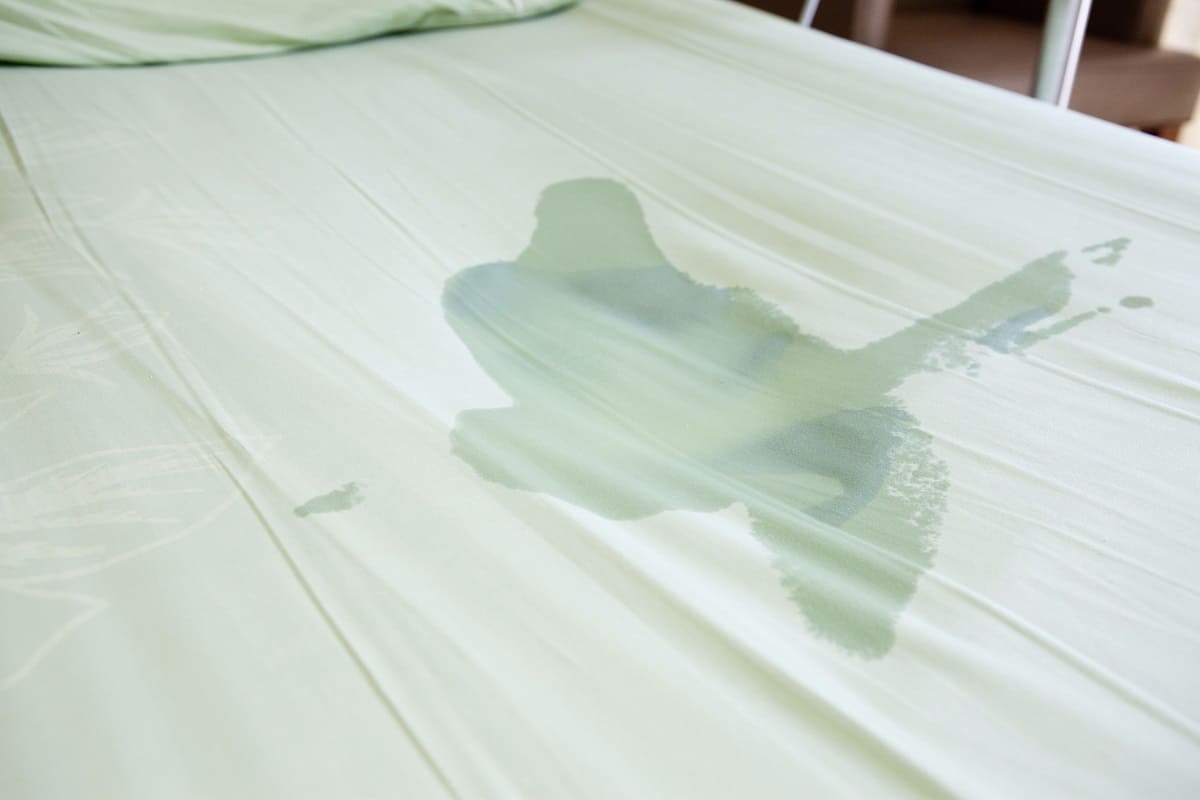

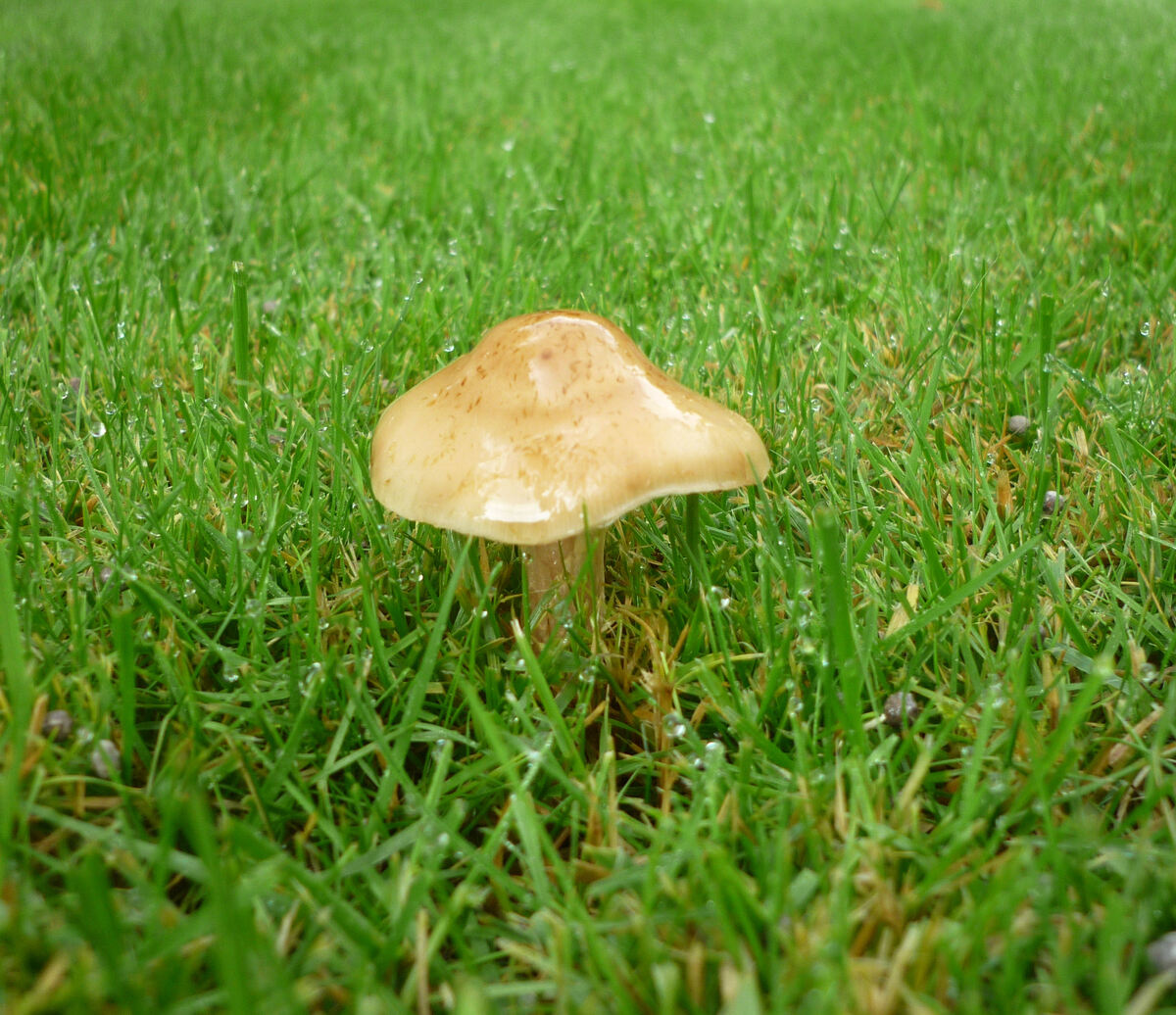

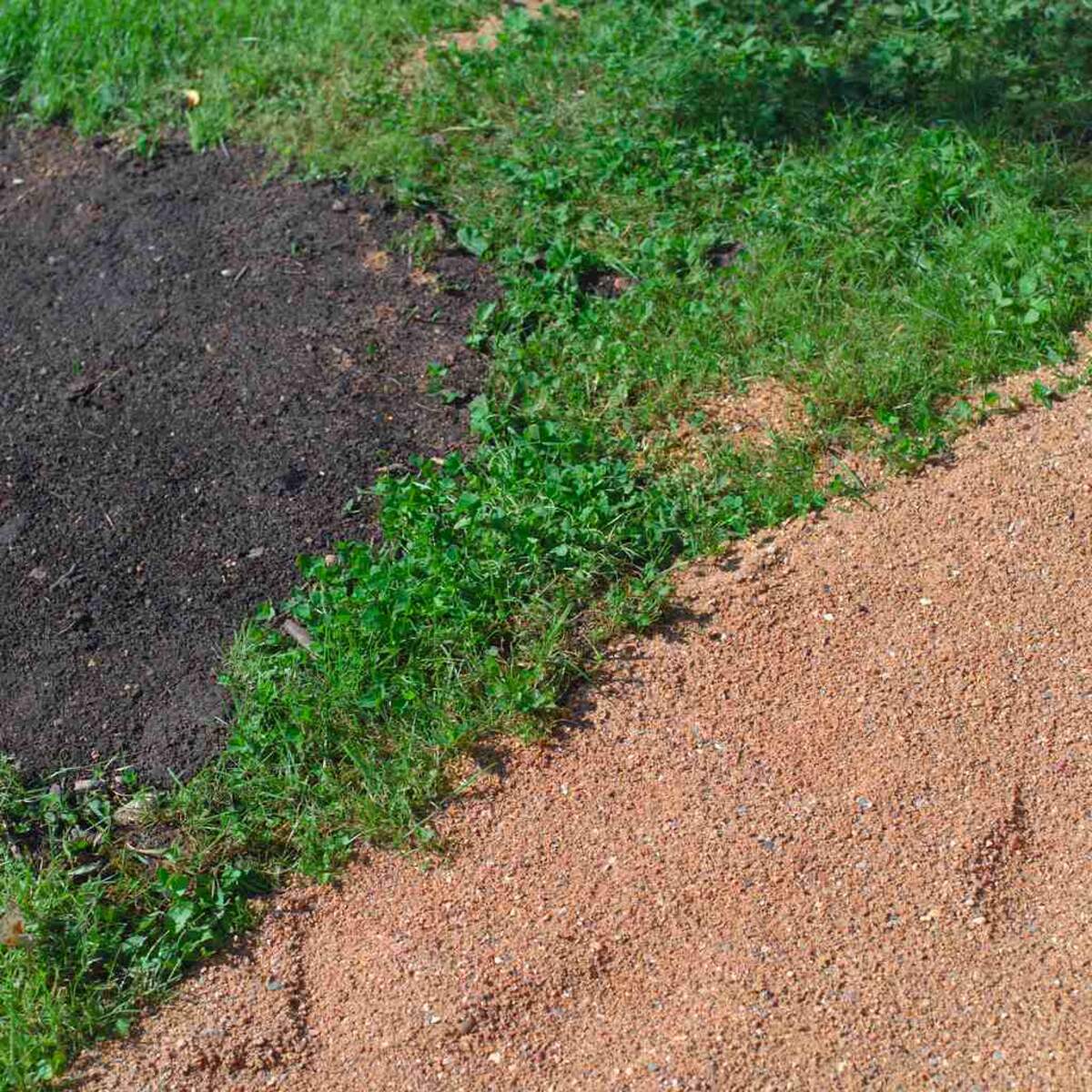
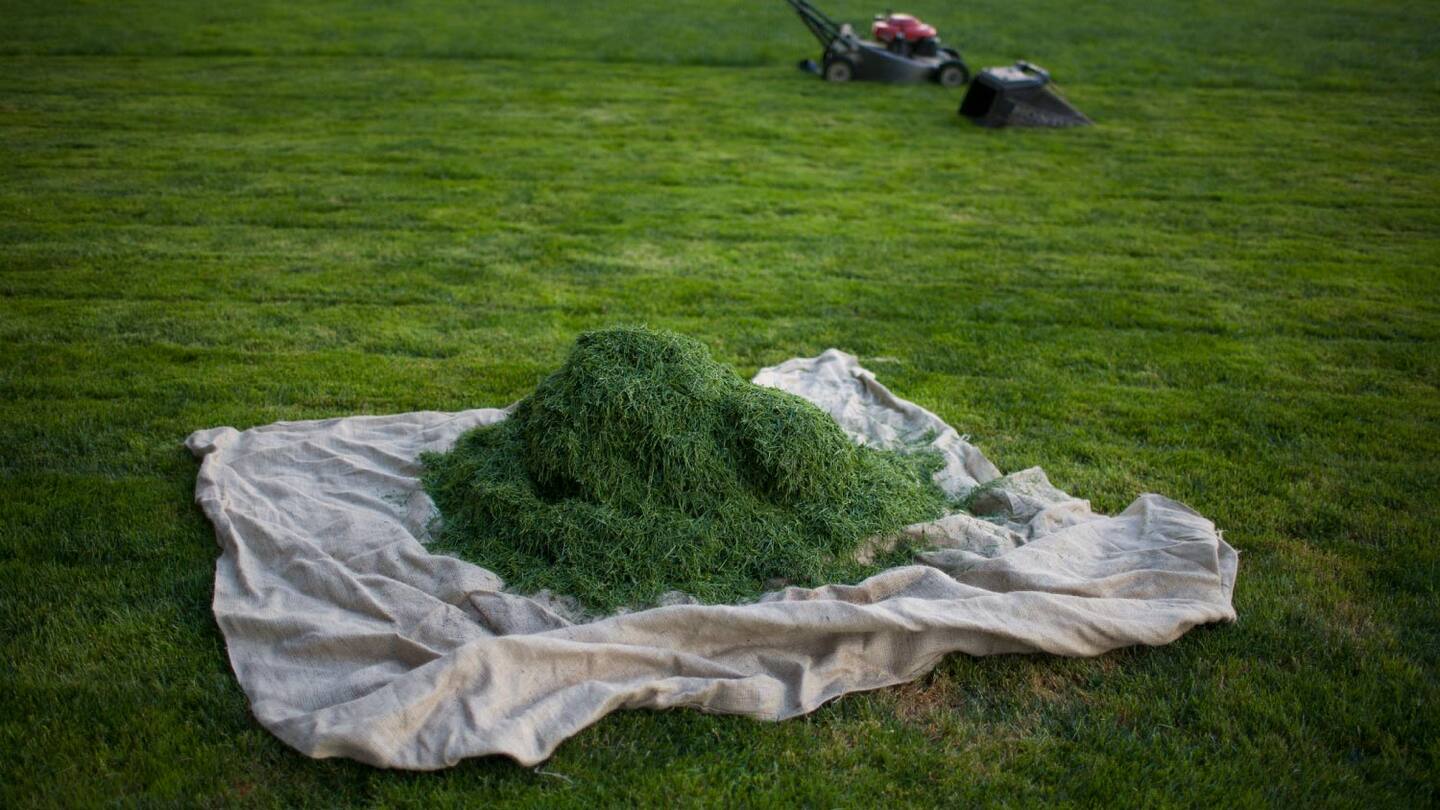

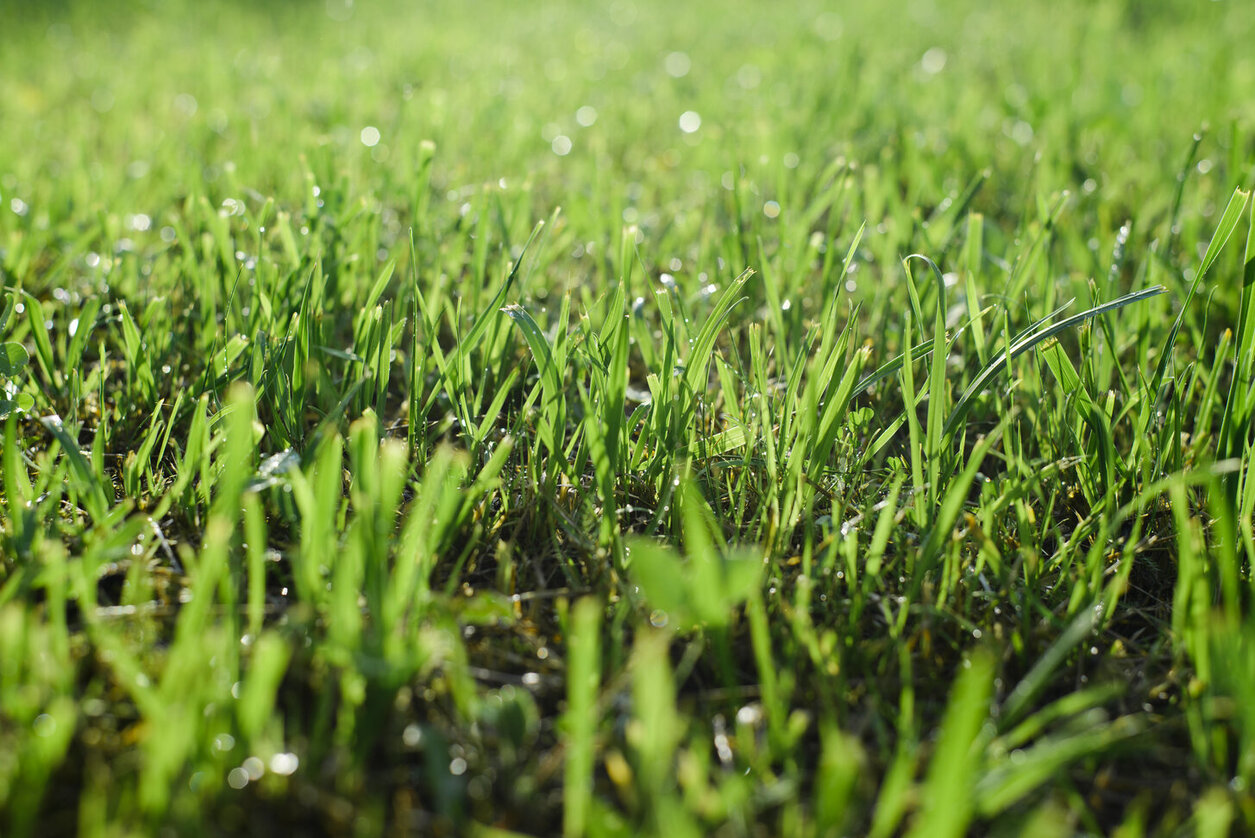

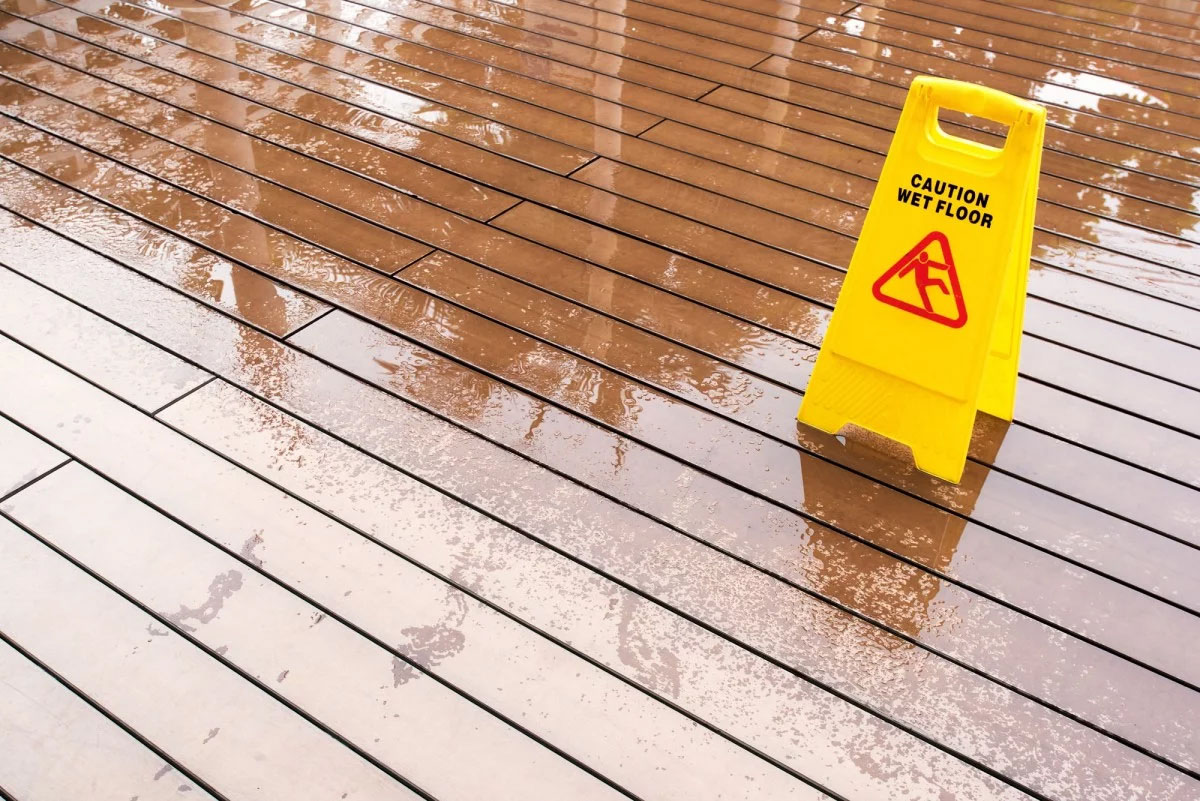
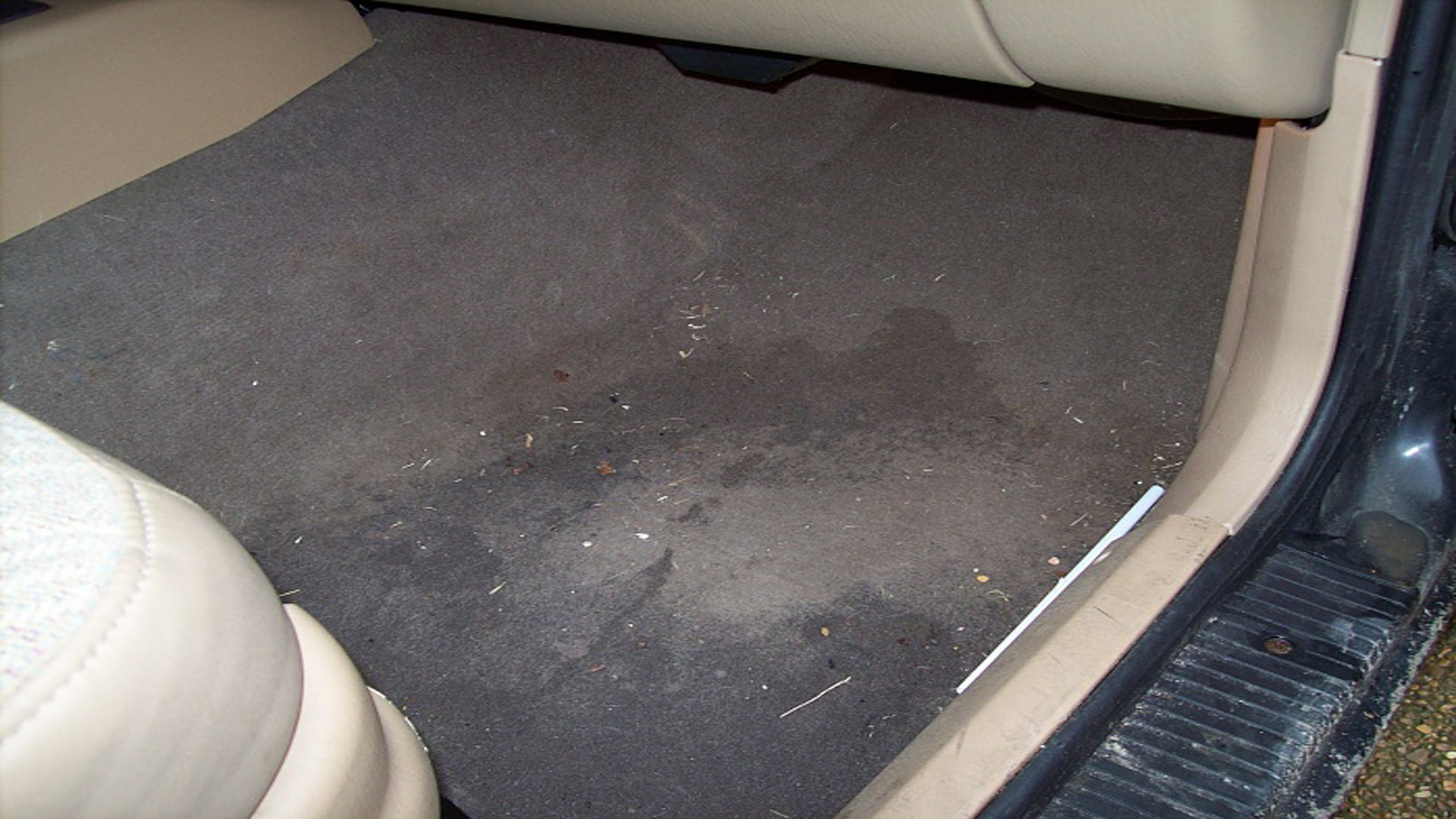

0 thoughts on “Why Do They Wet The Grass Before A Soccer Game”